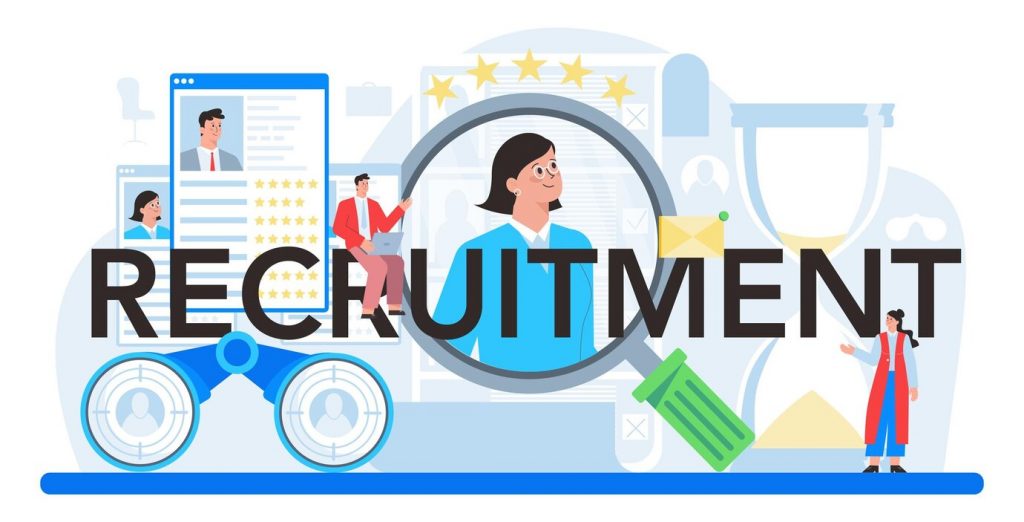Introduction
Hiring the right candidate is one of the most critical decisions an organization can make. A structured interview is a systematic approach that ensures fairness, consistency, and data-driven hiring decisions. Unlike unstructured interviews, which rely on spontaneous questioning, structured interviews use predefined questions and standardized scoring to evaluate candidates objectively.
Organizations that implement structured interview best practices experience higher hiring accuracy, reduced bias, and improved legal compliance. With companies increasingly prioritizing interview best practices, structured interviews have emerged as a gold standard for assessing talent effectively. According to a study by the National Bureau of Economic Research, structured interviews can increase the accuracy of hiring decisions by up to 50%, making them a highly effective tool for talent acquisition.
Also Read: Why Jobtwine is the Best IaaS Solution for Startups & Enterprises
What is a Structured Interview?
A structured interview is a standardized interview method where all candidates are asked the same predefined questions, and their responses are evaluated using a consistent rating system. This format contrasts with unstructured interviews, where interviewers have more flexibility in their questions and assessments.
Types of Interviews
- Structured Interview: Predefined questions and a scoring system ensure consistency and fairness.
- Semi-Structured Interview: A mix of standardized and open-ended questions allows for some flexibility.
- Unstructured Interview: Interviewers have complete freedom in asking questions, often leading to inconsistency and potential biases.
Studies show that structured interviews are twice as predictive of job performance as unstructured interviews (Harvard Business Review, 2022), making them a critical component of effective hiring. A report by the Society for Human Resource Management (SHRM) also found that companies using structured interviews see a 30% improvement in employee retention rates, further demonstrating their long-term impact on business success.
Also Read: Role of AI in Eliminating the Glass Ceiling in Recruitment
Benefits of Structured Interviews
Reduces Hiring Bias
- Standardized questions prevent unconscious biases that can affect hiring decisions.
- A McKinsey report found that companies using structured interviews saw a 25% increase in diversity hiring.
- The use of structured questions helps mitigate affinity bias, ensuring fair evaluations across diverse candidate pools.
Ensures Fairness and Consistency
- Every candidate is evaluated using the same criteria, creating an equal playing field.
- JobTwine, a leader in structured interviewing, ensures hiring consistency by leveraging AI to enhance decision-making.
- Consistency in questioning leads to more objective assessments, reducing variability in hiring outcomes.
Improves Candidate Evaluation and Decision-Making
- Hiring managers can compare candidates objectively based on data rather than gut instinct.
- A study by LinkedIn found that structured interviews improve hiring efficiency by 40%.
- Structured evaluations provide valuable data analytics, allowing HR teams to refine hiring strategies continuously.
Enhances Legal Compliance
- Structured interviews provide documentation that protects companies from legal challenges.
- The Equal Employment Opportunity Commission (EEOC) recommends structured interviews to reduce discrimination risks.
- Legal experts suggest that structured interviews minimize the likelihood of wrongful hiring lawsuits, as they provide clear justifications for hiring decisions.
Also Read: How to Identify & Overcome the Glass Ceiling in Your Career Path
Steps to Conduct an Effective Structured Interview
Define the Job Role & Requirements
- Identify key skills, competencies, and qualifications for the role.
- Use job analysis tools to determine the most important attributes for success.
- Involve multiple stakeholders in defining job requirements to ensure alignment with organizational goals.
Develop Standardized Interview Questions
- Craft behavioral and situational questions that assess candidate competencies.
- Behavioral: “Tell me about a time when you resolved a conflict in the workplace.”
- Situational: “How would you handle a project deadline that was suddenly moved up?”
- Ensure that questions align with the core competencies required for the role.
- Utilize AI-powered tools, like those provided by JobTwine, to generate and optimize interview questions based on industry best practices.
Create a Rating Scale for Responses
- Use a numerical scale (e.g., 1-5) to evaluate each response.
- Define what constitutes a strong, average, or weak answer.
- 1 (Poor): Candidate does not provide a relevant example.
- 3 (Average): Candidate provides an example but lacks detail.
- 5 (Excellent): Candidate gives a clear, detailed example with a strong outcome.
- A study by Harvard Business School found that structured rating scales increase hiring accuracy by 35%.
Train Interviewers for Consistency
- Conduct interviewer training sessions to ensure uniformity in evaluation.
- JobTwine provides AI-driven training modules to help hiring managers master structured interview techniques.
- Periodic calibration sessions help ensure that all interviewers are aligned in their evaluation standards.
Conduct the Interview & Document Responses
- Follow a structured format and record candidate answers accurately.
- Use an applicant tracking system (ATS) or interview management software to store responses.
- Ensure interviewers take objective, detailed notes to support post-interview evaluations.
Evaluate Candidates Objectively
- Compare scores systematically rather than relying on subjective impressions.
- Data-driven decision-making helps select the best-fit candidate based on performance metrics.
- Utilize AI-based analytics to identify patterns in top-performing candidates and refine future hiring strategies.
Also Read: How Interview as a Service Saves Time and Costs in Recruitment
Common Mistakes to Avoid in Structured Interviews
Using Biased or Irrelevant Questions
- Ensure that all questions relate directly to the job role and do not introduce bias.
- Avoid leading questions that suggest preferred answers.
- Regularly review and update question banks to maintain relevance and fairness.
Not Following a Consistent Scoring System
- Without a clear rating scale, evaluations can become inconsistent and unreliable.
- Research shows that organizations using structured evaluations reduce hiring errors by 30%.
- Standardizing evaluation criteria ensures all candidates are assessed based on merit.
Failing to Train Interviewers on the Structured Process
- Even with well-designed questions, inconsistent interviewer execution can undermine the process.
- Regular training and AI-powered tools like JobTwine help maintain structured interview integrity.
- Organizations that invest in interviewer training see a 20% increase in hiring success rates.
Also Read: Interview as a Service vs. AI Chatbot Recruiting: Key Differences & Benefits
Conclusion
A structured interview approach enhances hiring fairness, reduces bias, and improves decision-making. By implementing structured interview best practices, organizations can optimize their hiring process and build stronger, more diverse teams.
Leveraging AI-driven solutions like JobTwine ensures consistency, efficiency, and better hiring outcomes. To implement effective structured interview techniques in your organization, start by integrating a standardized framework and training interviewers for success.
Frequently Asked Questions:
How does a structured interview compare to an unstructured interview?
A structured interview uses predefined questions and a scoring system, while an unstructured interview allows interviewers to ask spontaneous questions, often leading to inconsistent hiring decisions.
Why are structured interviews important for hiring?
They improve fairness, reduce bias, enhance legal compliance, and lead to better candidate evaluations.
What are the key elements of structured interview techniques?
Standardized questions, a clear rating scale, interviewer training, and objective candidate evaluation.
How can companies implement structured interviews effectively?
By defining job competencies, crafting relevant questions, training interviewers, and using data-driven decision-making tools.
What role does JobTwine play in structured interviews?
JobTwine enhances structured interviews by providing AI-driven insights, ensuring consistency, and optimizing hiring decisions.




